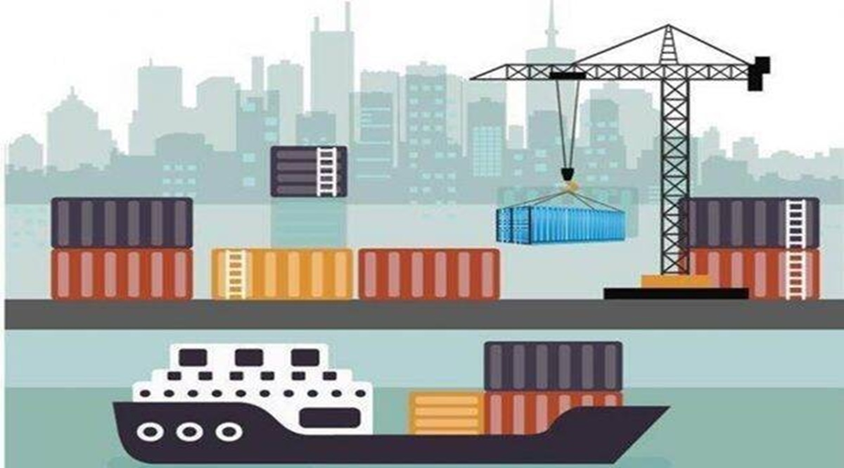
On Friday, India inked its first free trade deal (FTA) in almost a decade when it signed the Comprehensive Economic Partnership Agreement (CEPA) with the United Arab Emirates, with both sides promising to increase bilateral trade to $100 billion in five years from the current $60 billion.
Many labour-intensive industries, such as gems and jewellery, textiles and clothing, leather, and agriculture products, will benefit from increased duty-free market access. It will also have market access to pharmaceuticals and engineering products, among other things. Similarly, India's metal, mineral, and petroleum sectors will be more accessible to the UAE. The FTA is expected to encompass almost 90% of India's products exports to the UAE. It will assist in the creation of approximately a million employment in India.
At a virtual summit attended by Prime Minister Narendra Modi and Crown Prince of Abu Dhabi Sheikh Mohammed bin Zayed Al Nahyan, commerce and industry minister Piyush Goyal and UAE economy minister Abdulla bin Touq Al-Marri signed the CEPA. Both sides will now begin the ratification process in the coming weeks.
“Both nations are entering a golden era of economic & trade cooperation with the signing of India-UAE CEPA,” Goyal tweeted after the agreement was signed.
“Sky is the limit for our trade & economic ties as we commit to building a shared future & enhancing the prosperity of our people,” he said.
India has listed over 1,000 products from a variety of industries, including gems and jewellery, textiles and apparel, leather, spices, engineering equipment, chemicals, and poultry, for which it sought tax discounts from the UAE under the FTA. Formal negotiations between the two parties began on September 23 of last year.
While the UAE, India's third-largest export destination, currently charges a 5% duty on textiles and garments and a 5% duty on jewellery, certain steel items are taxed at a 10% rate. These three segments accounted for 34% of India's $16.7 billion in UAE exports last fiscal year, and 43% in the pre-pandemic year of FY20.
Abu Dhabi, for its part, has requested tariff reductions on a wide range of products, including culinary items such as dates and confectionery.
The FTA envisions several cross-sector collaborations. It proposes a specialised India Martin Jebel Ali Free Zone, as well as an investment zone in India for UAE companies. Both sides promise to open up sophisticated industrial technology zones in Abu Dhabi to Indian companies, with an emphasis on logistics, pharmaceuticals, medical devices, agriculture, steel, and aluminium. India's energy demands will also be met by the UAE, which would assure affordable supply. Both sides agreed to form a cooperative hydrogen task group to scale up innovations to improve climate cooperation. India has also committed to establishing an IIT in the United Arab Emirates.
Colin Shah, head of the Gem and Jewellery Export Promotion Council, stated earlier this week that the proposed FTA will help boost India's gem and jewellery exports to the UAE to $10 billion by FY23, up from $1.2 billion in FY21 (when the shipments were hit by the pandemic). 80 per cent of India's plain gold jewellery exports and 20 per cent of its studded jewellery shipments go to the UAE. According to Shah, Abu Dhabi is also a gateway to the entire West Asian region.
The talks with the UAE are part of India's larger aim of forging "fair and balanced" trade deals with key economies and revamping existing arrangements to promote trade. After India withdrew from the China-dominated RCEP discussions in November 2019, the movement gathered traction. India is also negotiating FTAs with Australia, the United Kingdom, and the European Union.
